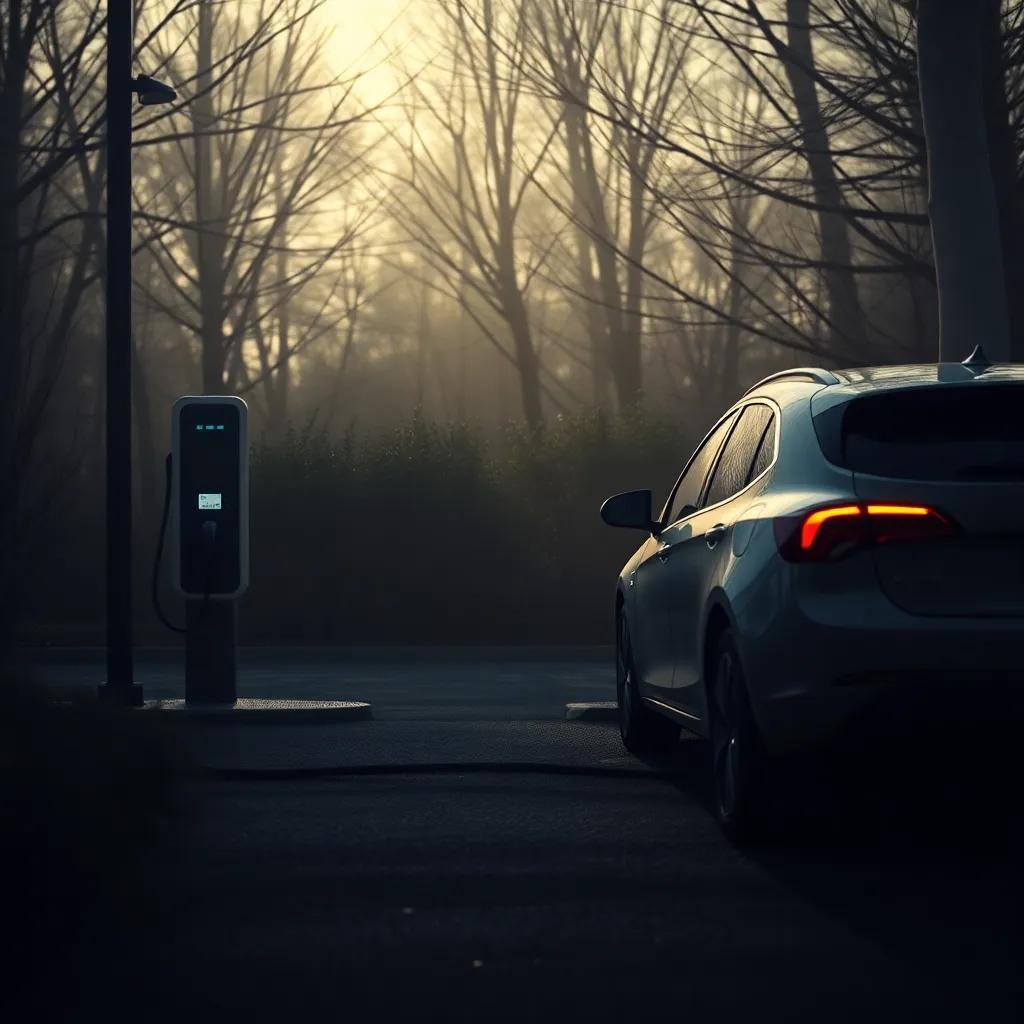Table of Contents
Charging Costs Revealed

Are you confident that your electric vehicle (EV) charging routine isn’t draining your wallet more than expected? Surprising costs lurk behind convenient charging stations, and many forget to factor them into their overall expenses. Understanding these costs is crucial as EV adoption rises and charging infrastructure expands. This article will explore hidden fees at public chargers, the impact of home charging setups, and emerging trends to watch out for.
Hidden Fees Uncovered
Many EV drivers underestimate the hidden fees associated with public charging stations. While you might see a certain rate per kilowatt-hour (kWh), other costs could considerably elevate your expenses. Consider the following potential fees:
- Connection Fees: Some stations charge a fee just to connect.
- Idle Fees: Staying connected after charging can lead to additional charges.
- Membership Costs: Certain networks require subscription fees for access.
Let’s break down some of these fees:
| Fee type | Description | Potential Cost |
|---|---|---|
| Connection Fee | Fee to connect to the station | $0.50 – $2.00 |
| Idle Fee | Charge for not unplugging after charging | $1.00 per hour |
| Subscription Fee | Monthly fee for network access | $5.00 – $25.00 |
By understanding and avoiding these fees, you can manage your EV charging costs better. Every dollar counts, especially as EV adoption increases.
Home charging Considerations
While public charging stations have hidden fees, home charging isn’t free either. Many new EV owners assume their energy costs will stay low, but several factors can lead to increased expenses. Here’s what you need to consider when charging at home:
- Electricity Rates: Know your utility’s rates. Depending on the time of day, costs can fluctuate.
- Level of charger: Charging speed can influence overall costs. level 2 chargers frequently enough use more energy than standard outlets.
- Home Wiring: The condition of your home’s electrical system may necessitate upgrades, adding to your costs.
Here’s a brief snapshot of how these factors impact your total expenses:
| Factor | Impact on Cost |
|---|---|
| Electricity Rates | Higher rates during peak hours |
| Charger Level | Level 2 costs more than standard |
| Wiring Upgrades | One-time cost for safety and efficiency |
Incorporating these considerations into your charging routine will help you gauge your actual expenses more accurately.
Future Trends in EV Charging
The EV landscape is shifting rapidly, and several trends could influence charging costs in the future. The move towards smart charging technologies is at the forefront. These advancements can optimize your charging times based on electricity rates or grid demands, possibly leading to cost savings.
Additionally, as more people adopt EVs, utility companies are adapting to infrastructure demands and may offer incentives or rebates for home charging solutions.Keeping an eye on these trends is crucial as they could reshape your EV charging financial landscape.
Power Your Journey Wisely

Understanding the true costs associated with EV charging, from public stations to home setups, is essential. Awareness of these hidden charges can save you money and enhance your overall experience. Remember, you control your charging habits-the more informed you are, the better decisions you can make.
How well are you managing your charging costs, and what changes can you implement today?



